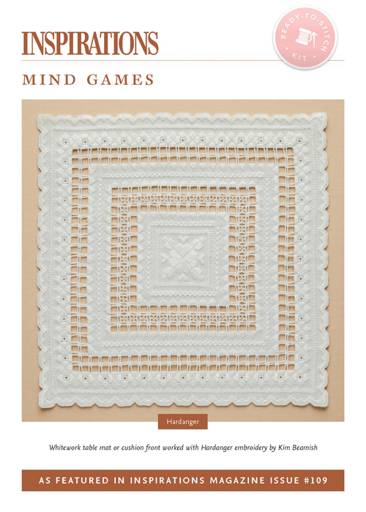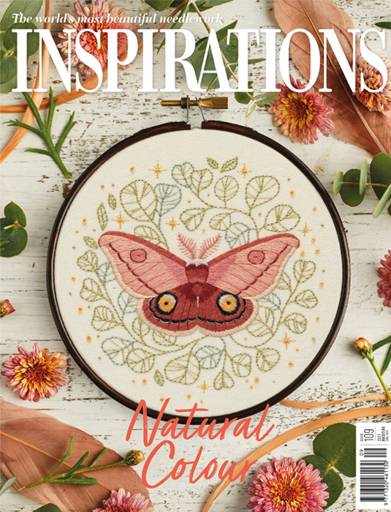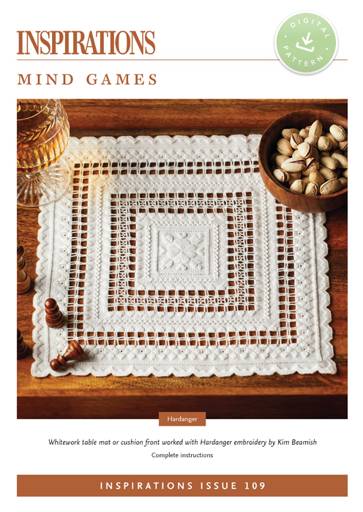Mind Games by Kim Beamish
5TH MARCH 2021 - ASU #272
Have you ever glanced at a cloud and suddenly seen a face looking back at you, clear as day? Or perhaps you’ve spotted a recognisable shape in an apparently random pile of leaves? Why is it that we are so good at seeing patterns, sometimes where patterns don’t even exist?

The human mind, a wondrous thing, is naturally designed to recognise patterns in both animate and inanimate things. In fact, it is so good at it, we are far more likely to recognise patterns than not.
The term ‘pareidolia’ refers to this tendency to see meaningful patterns where none exist.
Although some people might argue that this merely results in ridiculous claims (the face of John Lennon in a piece of toast?), in actual fact, the human tendency to see patterns has had an enormous impact on our civilisation.

Even leaving mathematics and science aside, which are arguably born out of our ability to recognise patterns, the arts simply could not exist without this very human skill. Seeing, appreciating and creating patterns is the basis for most artistic endeavours, and none more so than when an artist works non-figuratively. This is particularly relevant when it comes to needlework.

Although we cannot deny that many people love to stitch figurative subjects, the satisfaction derived from working a non-figurative pattern can be immense.
Hardanger embroidery is a perfect example. Kim Beamish’s latest design in Inspirations issue #109, aptly titled Mind Games, demonstrates just how much the mind and the eye appreciate patterns.

Like all counted techniques, Hardanger embroidery in general, and Mind Games in particular, relies on careful counting and the accurate cutting of threads and placement of stitches.
But as challenging as that may sound, when you realise how finely attuned to pattern the human mind is, it becomes clear that this kind of technique is something we can all excel at.
The patterns in Mind Games can be identified in the symmetry, count, dimensions and fine balance of solid and space which make up this delicate mat.

Worked in a square and utilising a range of traditional Hardanger stitches in perfect white on white, the resulting piece is intensely pleasing on the eye. This is probably because, unlike hunting for a famous face in a slice of toast, the pattern here is clear, uniform and absolutely perfect.
Both whilst working it and whilst subsequently admiring it, the mind can be at rest knowing it has understood all there is to see.

It is unsurprising that working embroidery merely for the joy of the pattern is something so many of us love to do. Just as there is no end to the patterns and connections our exquisite brains will conjure up, even in places they may not exist, there is no end to the satisfaction those brains will experience when a perfect pattern reveals itself.
Make Your Own Mind Games

Step 1 – Purchase Project Instructions
Mind Games by Kim Beamish is a whitework table mat or cushion front worked with Hardanger embroidery.
Step 2 – Purchase Ready-To-Stitch Kit
The Inspirations Ready-To-Stitch kit for Mind Games includes everything* you need to re-create this appealing mat: Fabric (unprinted), embroidery threads and needle.

Kit
Mind Games - i109 Kit
Shop Now*Please Note: To cater for flexibility of purchase, instructions are not included with our kits. For step-by-step directions on how to create this project, please refer to the magazine/digital pattern.


